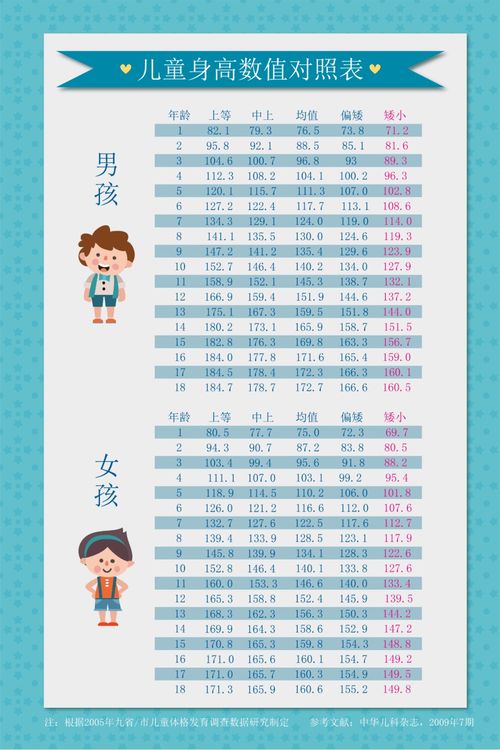Understanding the Height Requirements Curve for Athletes
In the realm of sports, particularly in disciplines where physical attributes play a significant role, such as basketball, volleyball, and athletics, height often becomes a crucial factor for success. Athletes, both amateur and professional, are subject to various height requirements and expectations depending on their chosen sport. Understanding the height requirements curve can provide insights into the optimal height range for different athletic pursuits and aid in talent identification, training programs, and strategic team compositions.
1. Importance of Height in Sports
Height confers advantages in many sports due to factors like reach, leverage, and the ability to cover ground quickly. Taller athletes often have greater power in jumping sports, advantage in blocking and spiking in volleyball, and dominance in rebounding and shotblocking in basketball. However, the significance of height varies across different sports and positions within those sports.
2. Height Requirements Curve
The height requirements curve illustrates the relationship between height and performance in a specific sport or position. It typically takes the form of a bell curve, indicating the range of heights that are most advantageous for optimal performance. Here's how the curve generally looks:
Low Height Range:
Athletes in this range may excel in sports such as gymnastics, diving, or horse racing, where a lower center of gravity or lighter body mass is advantageous.
Moderate Height Range:
This range encompasses sports like soccer, tennis, and swimming, where height can be an advantage but is not the sole determining factor for success.
Tall Height Range:
Sports like basketball, volleyball, and high jump favor athletes on the taller end of the spectrum due to the importance of height in aspects like scoring, blocking, and net clearance.
3. Factors Influencing Height Requirements
Several factors contribute to the establishment of height requirements within a sport:
Physical Demands:
The nature of the sport, including its rules, equipment, and playing surface, influences the ideal height of athletes. For instance, sports with aerial components often favor taller individuals.
Positional Roles:
Different positions within a sport may prioritize different physical attributes. For example, basketball centers are typically taller for their role in rebounding and defending the basket, while guards may be shorter but quicker for ball handling and perimeter defense.
Historical Trends:
Past successes of athletes of certain heights can influence coaches, scouts, and talent evaluators in setting height expectations for future athletes.

Technological Advances:
Changes in equipment design or training methods may affect the ideal height for athletes. For instance, advances in shoe technology may mitigate the advantages of taller athletes in some sports.
4. Practical Implications
Understanding the height requirements curve has several practical implications:
Talent Identification:
Coaches and scouts can use the curve to identify athletes who fall within the optimal height range for their sport or position.
Training Programs:
Tailoring training programs to develop specific physical attributes can help athletes maximize their potential within their height range.
Team Composition:
Coaches may strategically assemble teams with a mix of heights to complement each other's strengths and weaknesses, creating a balanced roster capable of excelling in various game situations.
Player Development:
Young athletes can use the curve as a guideline for setting realistic goals and understanding the physical attributes they need to develop to succeed in their chosen sport.
Conclusion
The height requirements curve provides a valuable framework for understanding the relationship between height and athletic performance in different sports. While height is undeniably important in certain disciplines, it is not the sole determinant of success. By recognizing the nuances of height requirements within each sport and position, athletes, coaches, and talent evaluators can make more informed decisions regarding talent identification, training, and team composition, ultimately contributing to the advancement of sports at all levels.
References:
Insert references here.
